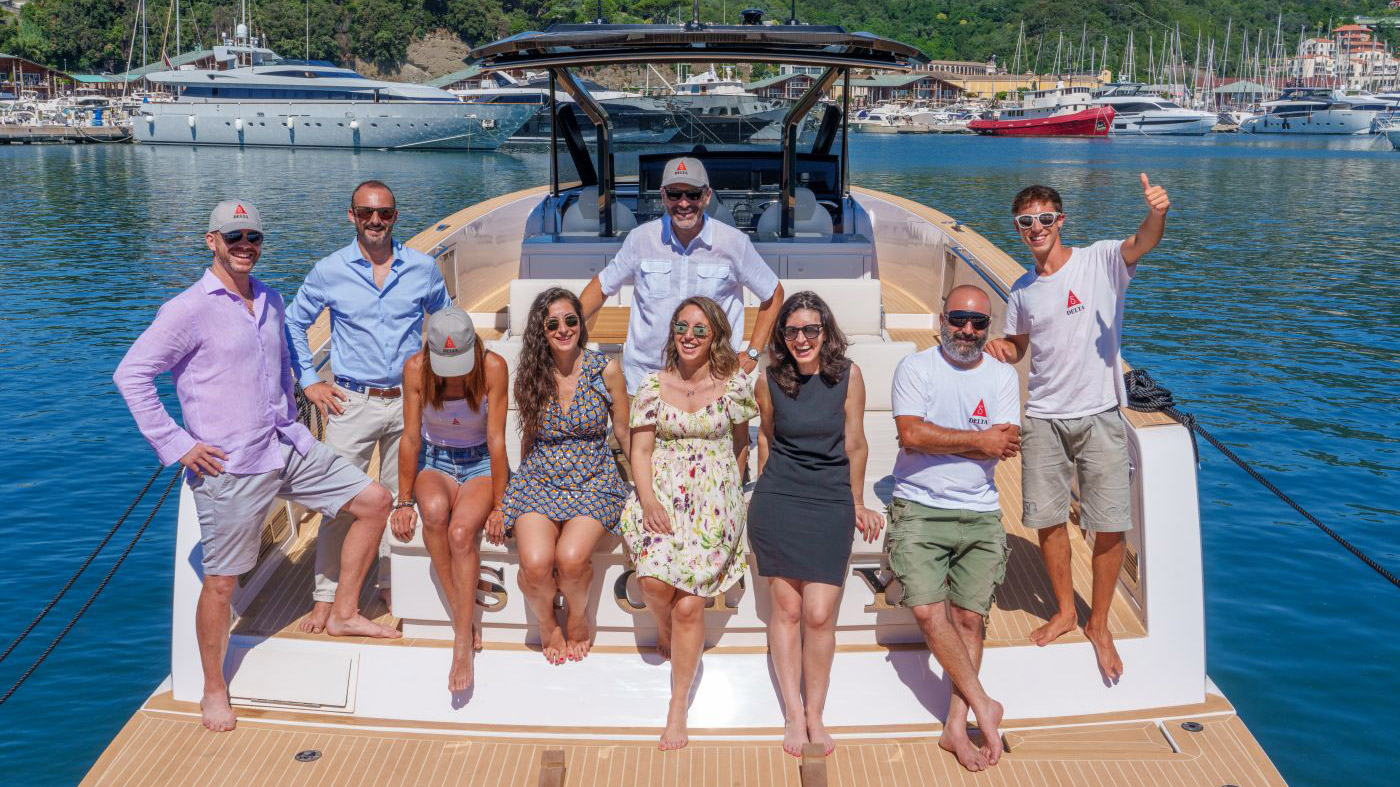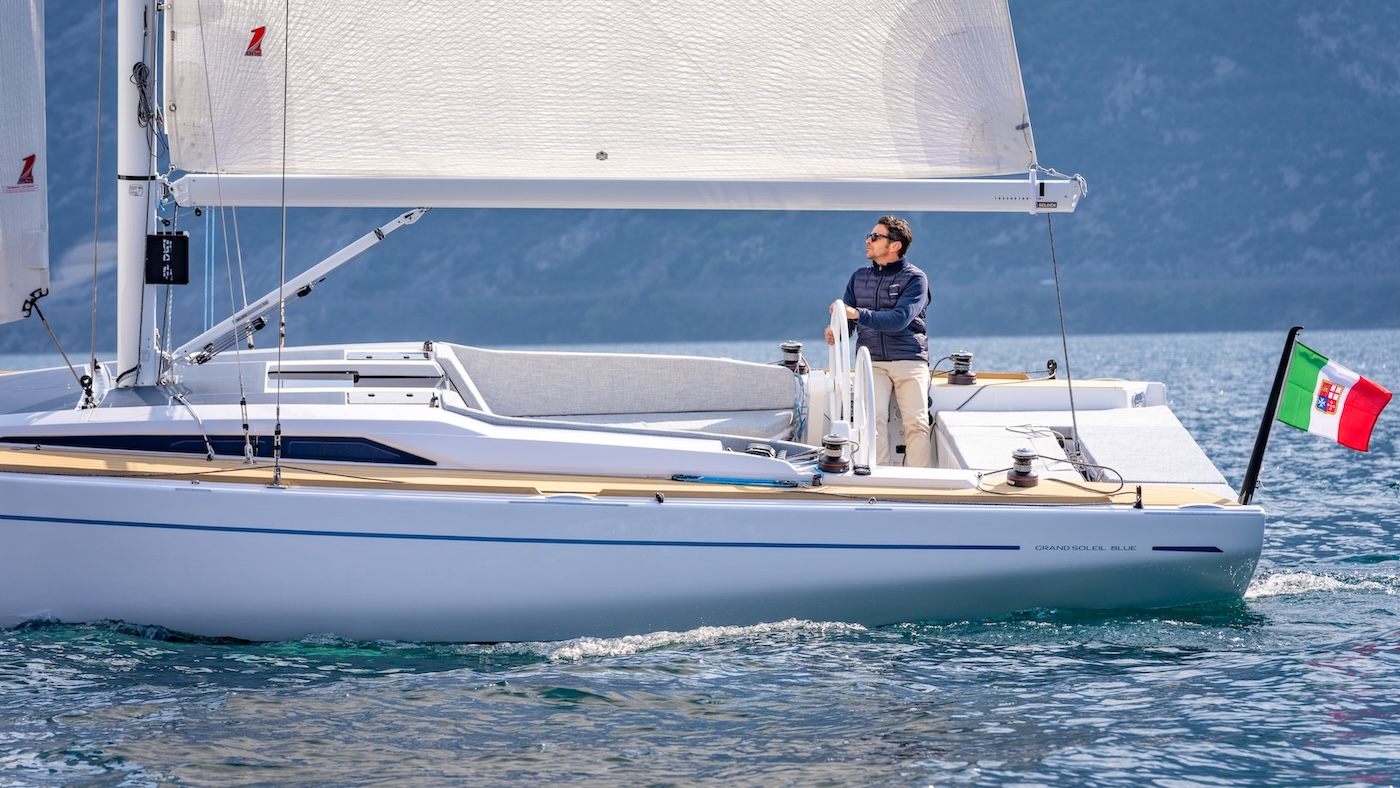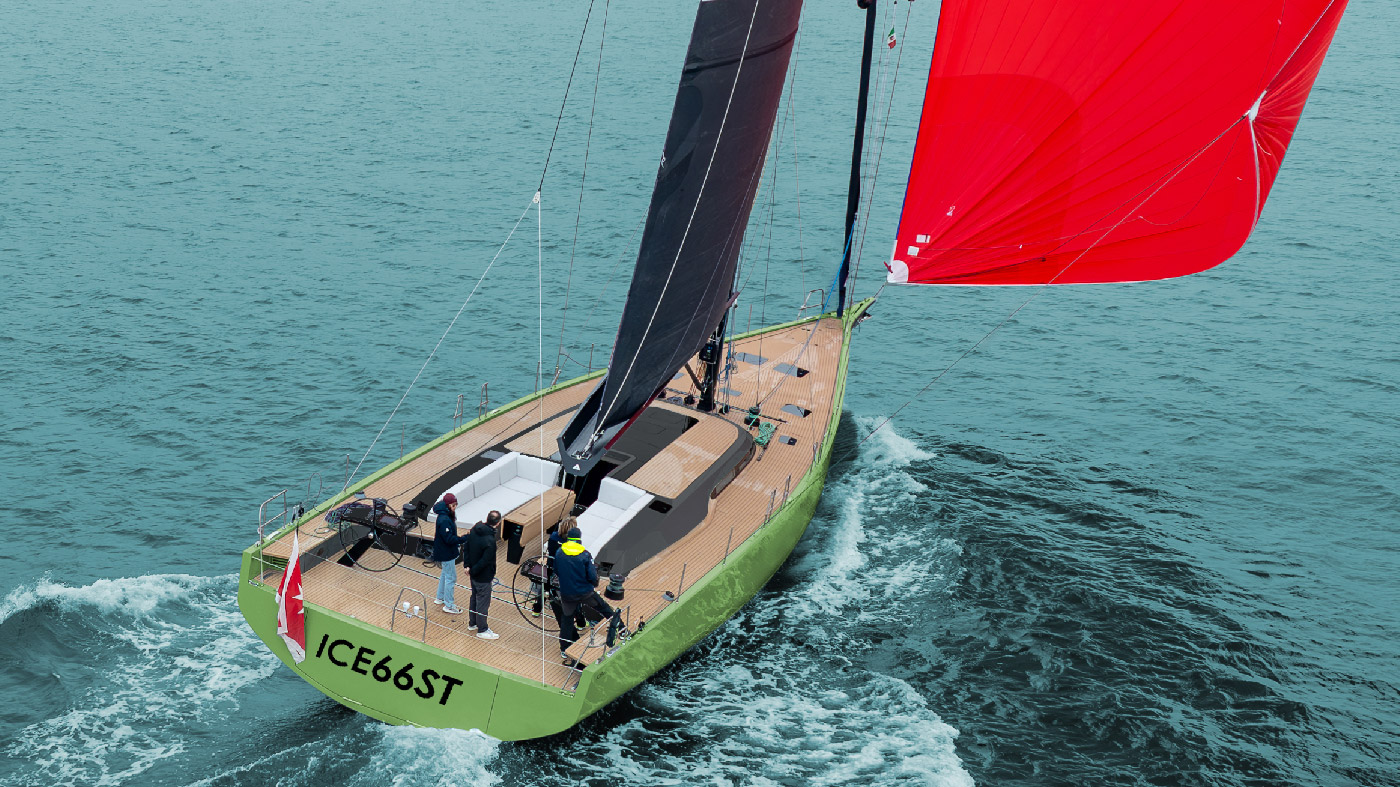The new Volvo Penta IPS 40 doubles power to the most popular propulsion systems on the market.
After a short period of time, the new Volvo Penta IPS drive 40 doubles power to the most popular thrusters on the market.
After a short early period of skepticism hovering since their introduction in 2004 for a few years, IPS propulsion systems have gradually conquered, and with good reason I might add, the hearts of most European boat owners.
Sturdy, consistent, silent and fuel-efficient, they come with that ease of maneuvering that, to use a synthetic English term, is called a “joystick” and allows even beginners to evolve their boats with ease. The most recent software integration with surface thrusters has then definitively sealed a pact of simplicity that has led them to have no competition in the segment of powerboats which want to cruise up to about 40 knots of speed, the “physical” limit of this amazing technology.
The only limitation of the IPSs, at least until now, was the fact that they were not able to express powers in excess of 1,000 horsepower; in fact, the most powerful inboard engine in the range is the legendary D13 – IPS 1350, which, bolstered by its 12,800 cubic centimeters and 6 cylinders, delivers 735 kW to the propeller, or precisely 1,000 horsepower.
As a result, the whole market of large motor boats, the one from 18 to 20 meters upwards to be clear, was forced to turn to more traditional power units, which discharge their power into the sea through the classic shaft lines, a system definitely more onerous in terms of vibrations, consumption, noise and emissions. A system that is also decidedly more complex, leading the shipyard or the owner to have to dialogue (having to deal with the usual “passing the buck” of responsibility) with the engine, the transmission, the propeller and the throttle manufacturer, to still end up with an ecosystem that, when entering port, shows all its limitations.
Volvo Penta IPS drive 40, that’s how power is doubled
So, while manufacturers like Caterpillar, Cummins, MTU and Man lulled themselves into managing a market that they thought was theirs alone, a market that moreover pushes the bar for boat length higher and higher, Volvo Penta decided to develop an inverter that allows to couple two powertrains, to get to discharge twice the power into the water!
A solution of which the doubling of power is just the top of a technological iceberg that hides far more opportunities beneath the surface of the water. Imagine, for example, having 4,000 horsepower (four engines coupled two by two) but being able to sail with two engines off when all this thrust is not needed. I can, for example, get out of the water with a thirty-footer, using all the power, and then sail a smooth glide using only two engines, a real revolution in terms of fuel consumption and emissions.
This inverter, the new Volvo Penta IPS drive 40, also enables a wide variety of possible combinations, of engines and power sources such as the possibility of coupling a hybrid or full electric solution.
Lastly, if we get out of the so traditional as well as erroneous belief that we can submerge a maximum of two propellers in the water (Amer Yachts and other shipyards have already abundantly proven otherwise) then we realize that we will be able to get 8 engines on board that, coupled two by two, bring the maximum installable power to as many as 8000 horsepower, which, if we think about it, is the power that propels a superyacht like Sanlorenzo’s 40-meter Alloya or, wanting to stay in the displacement craft field, superyachts of 60 meters or more at 26 knots.

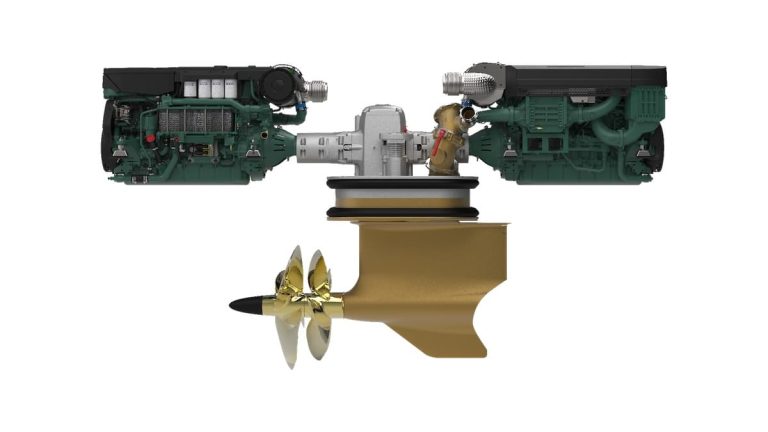


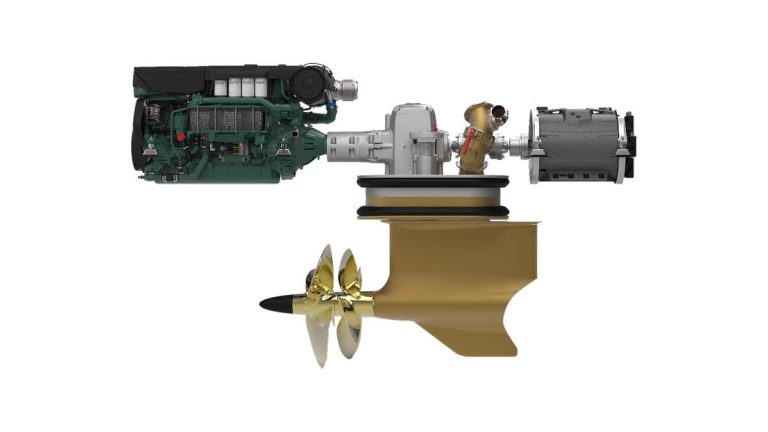
Finally, if we get out of the as traditional as it is erroneous belief that we can utilize a maximum of two propellers per boat (Amer Yachts and other shipyards have already abundantly demonstrated the contrary) then we will realize that we can come to have on board 8 engines that, coupled two by two, increase the maximum installable power to as much as 8. 000 horsepower, which, if we think about it, is the power that propels at 26 knots a superyacht such as Sanlorenzo’s 40-meter Alloya or, wanting to stay in the displacement craft arena, superyachts of 60 meters or more.
All this with a proverbial simplicity of maneuvering, the kind that has made Volvo Penta IPS boats famous.
While you are reading along, operational tests are already underway, which are being conducted in Gothenbur, Sweden, using a fast ferry that Volvo uses specifically to produce real stress tests. To see the new Volvo Penta IPS drive 40 in action, however, we will have to wait for the first deliveries, scheduled for 2025.




















